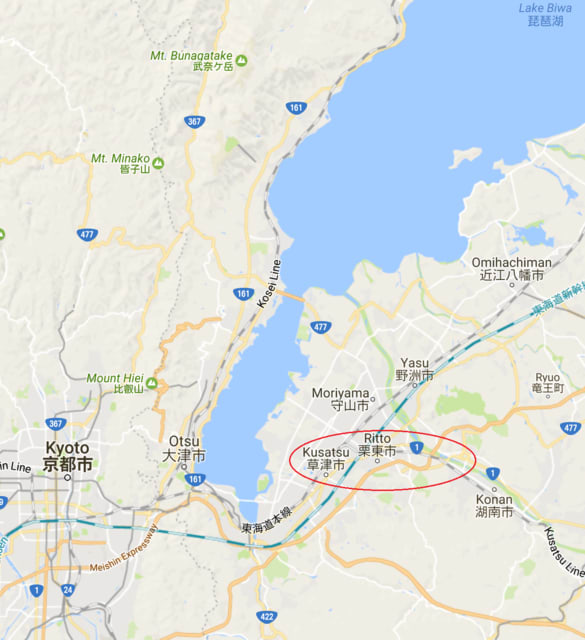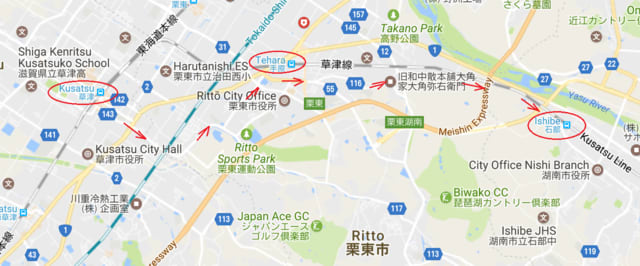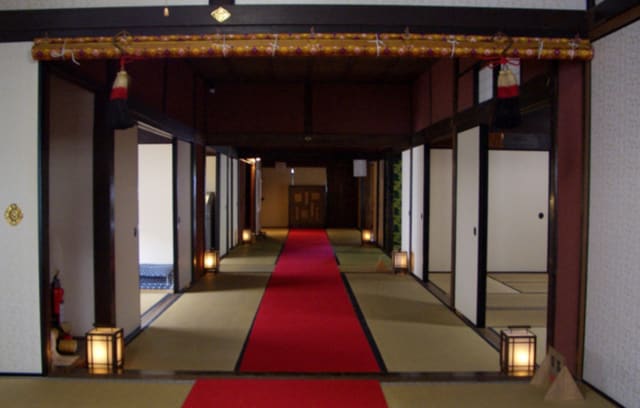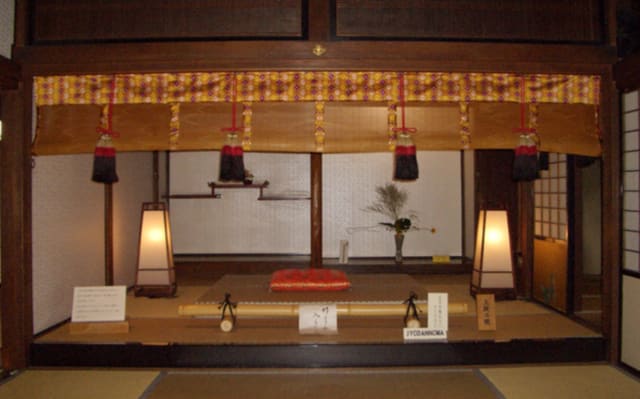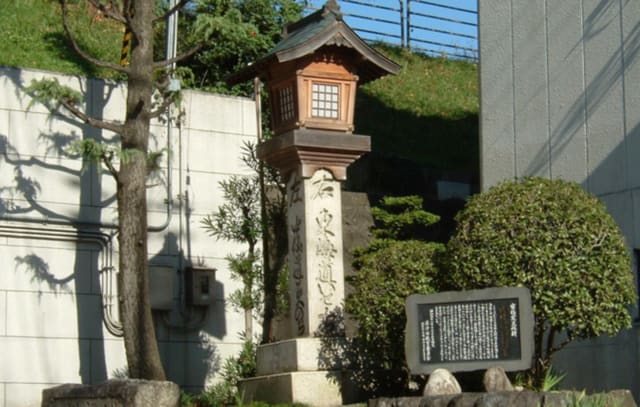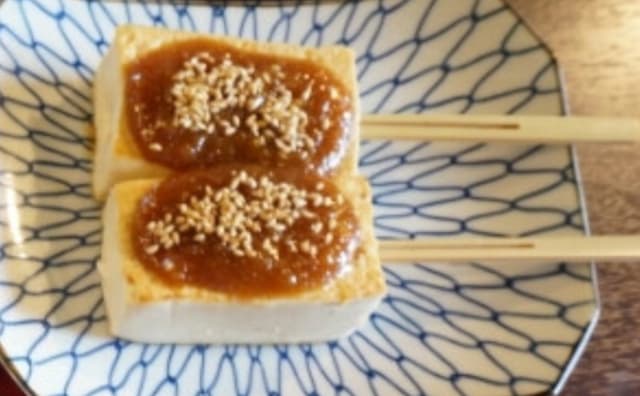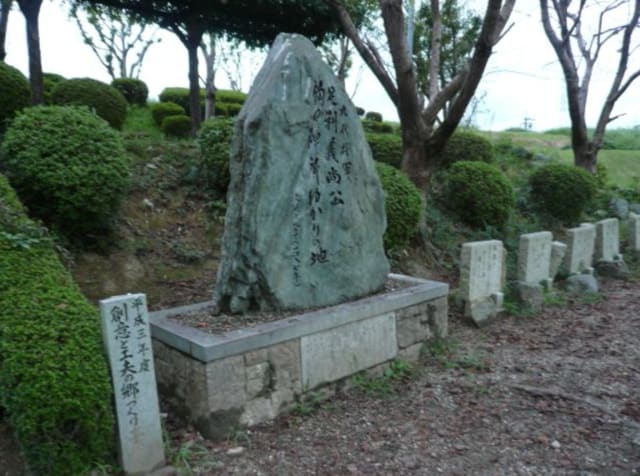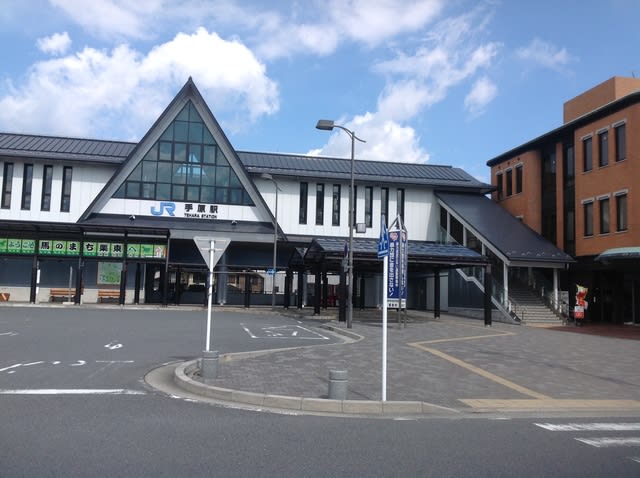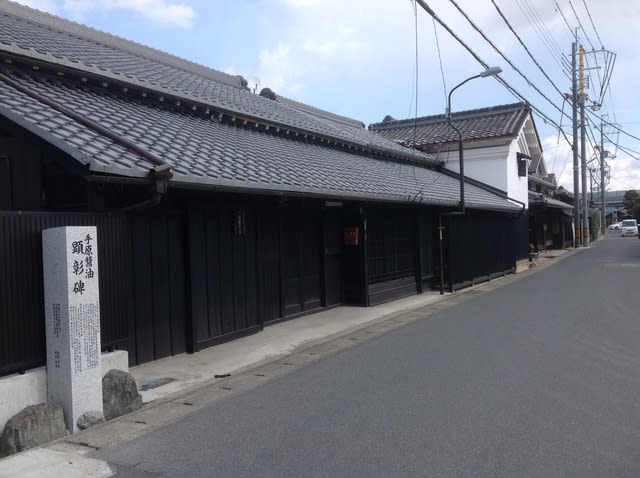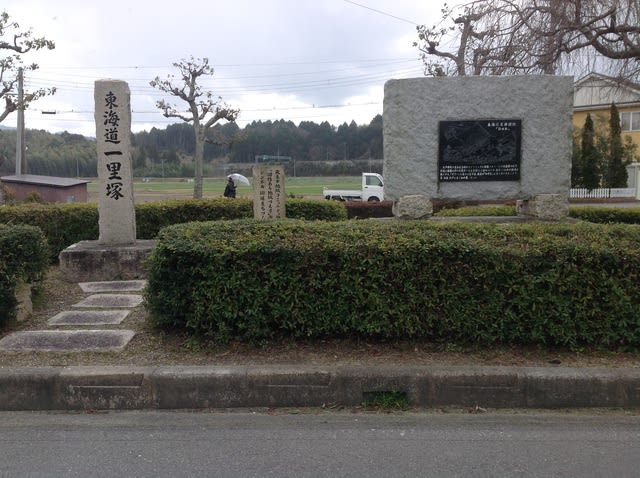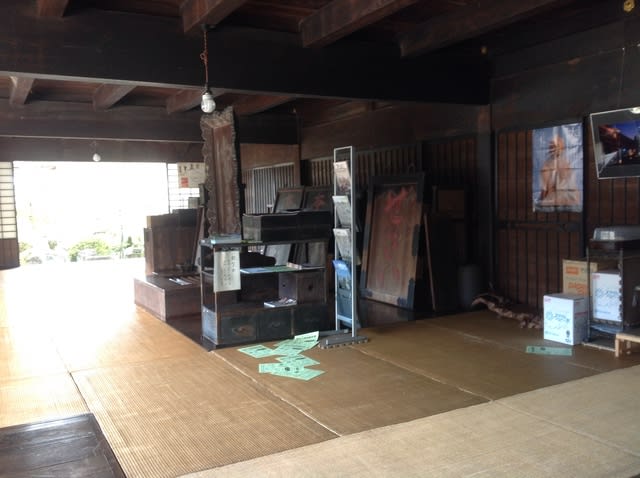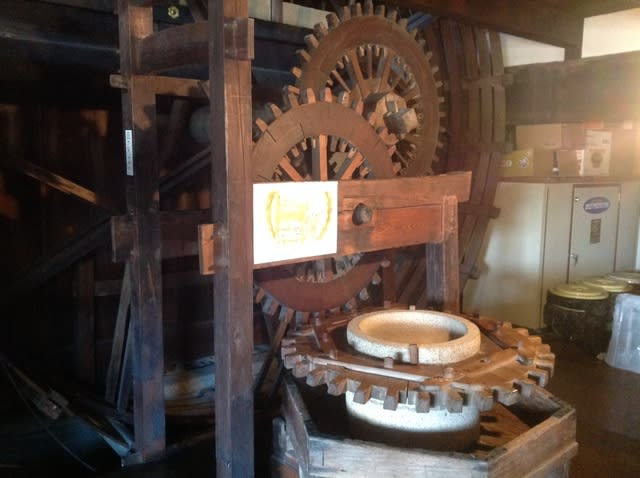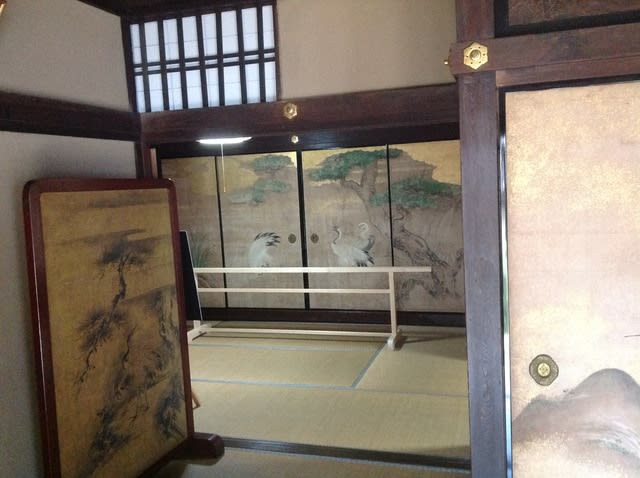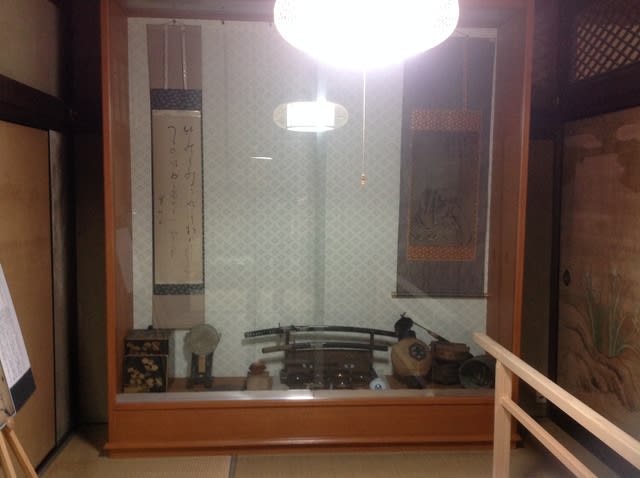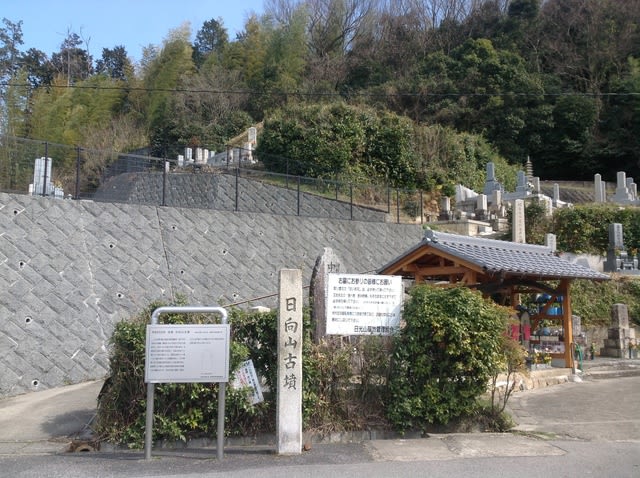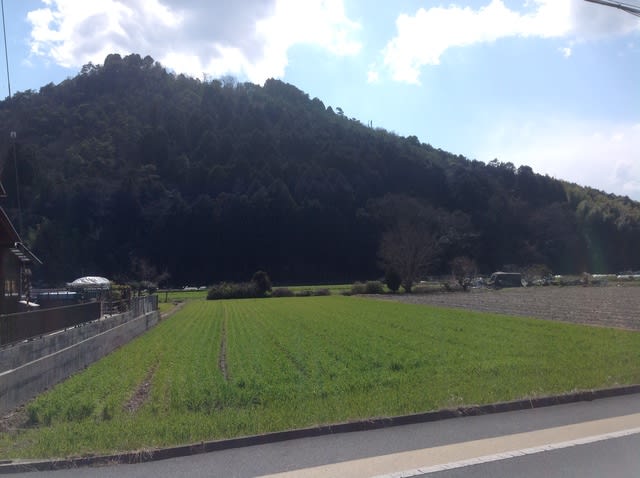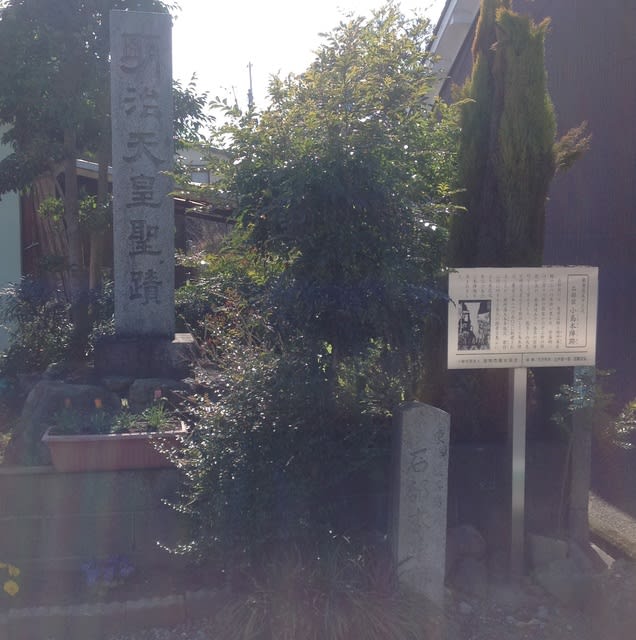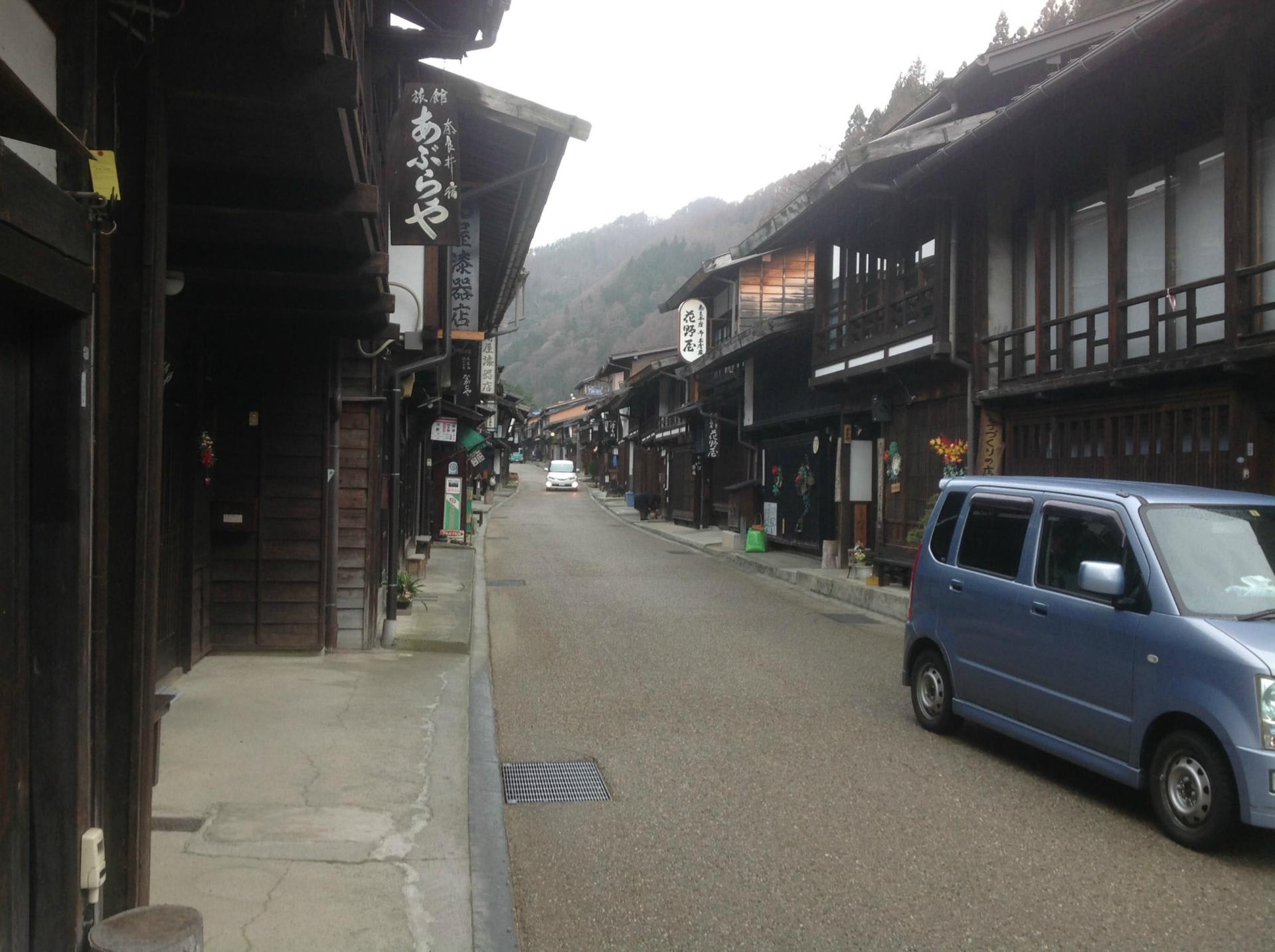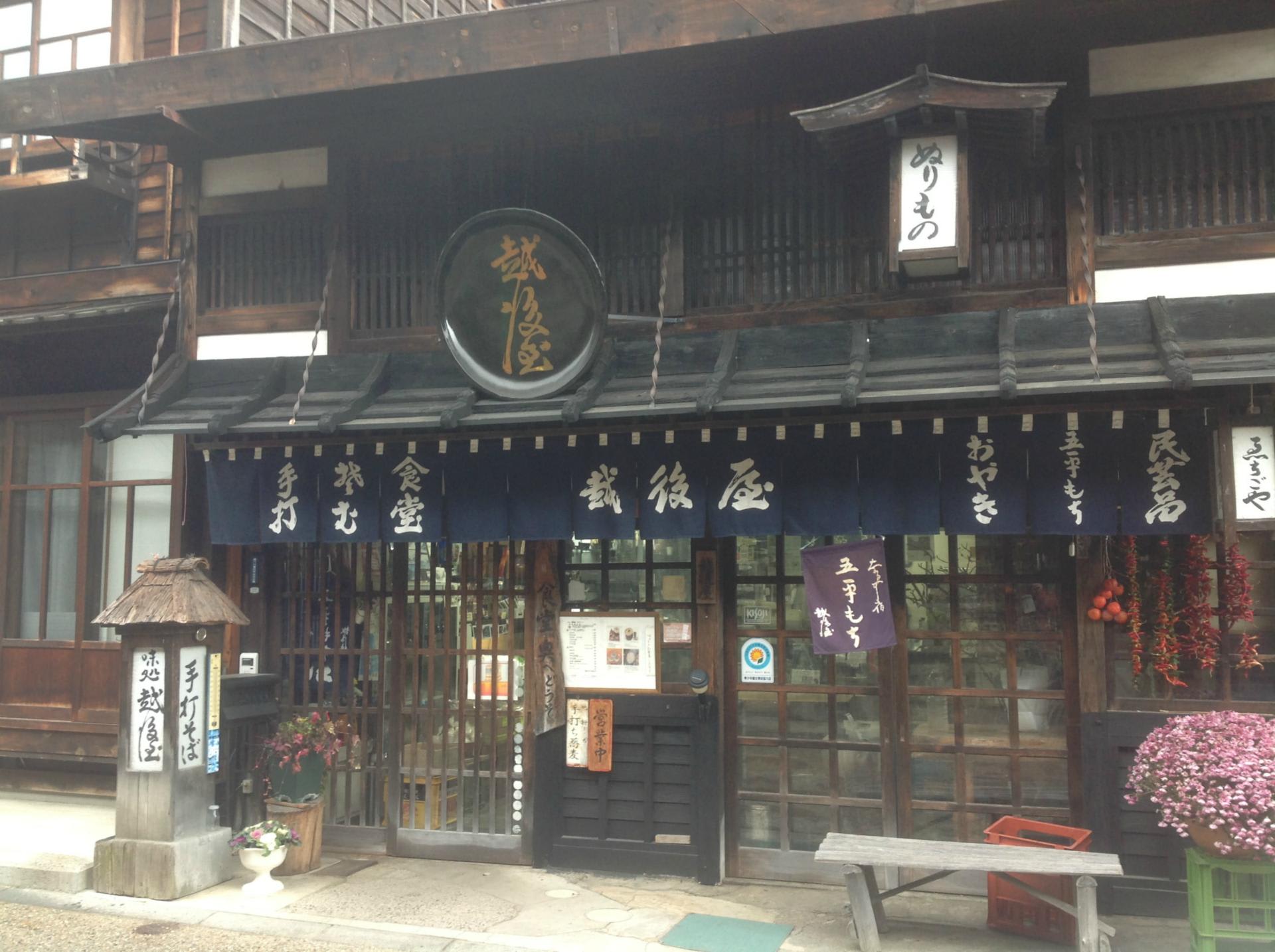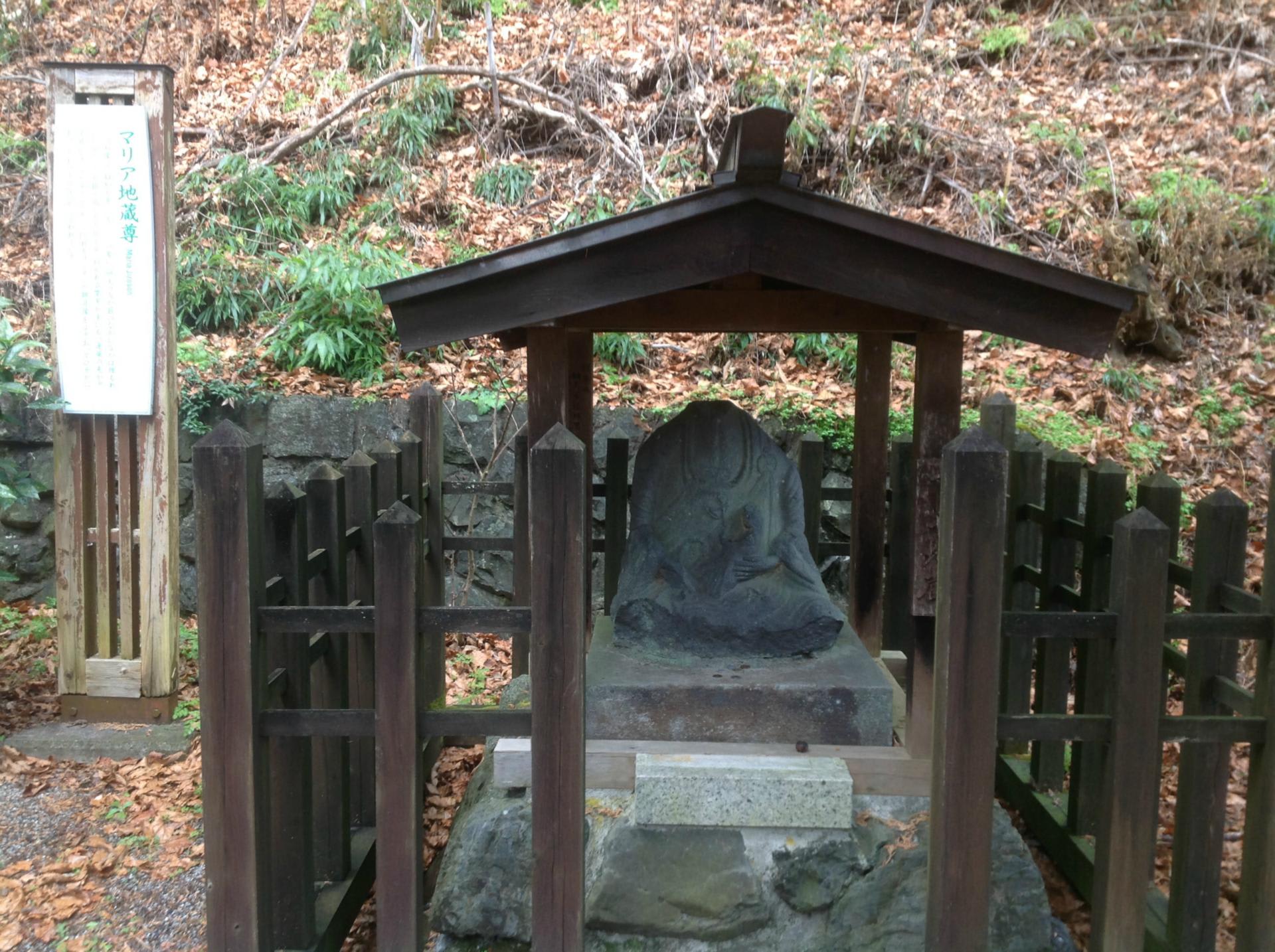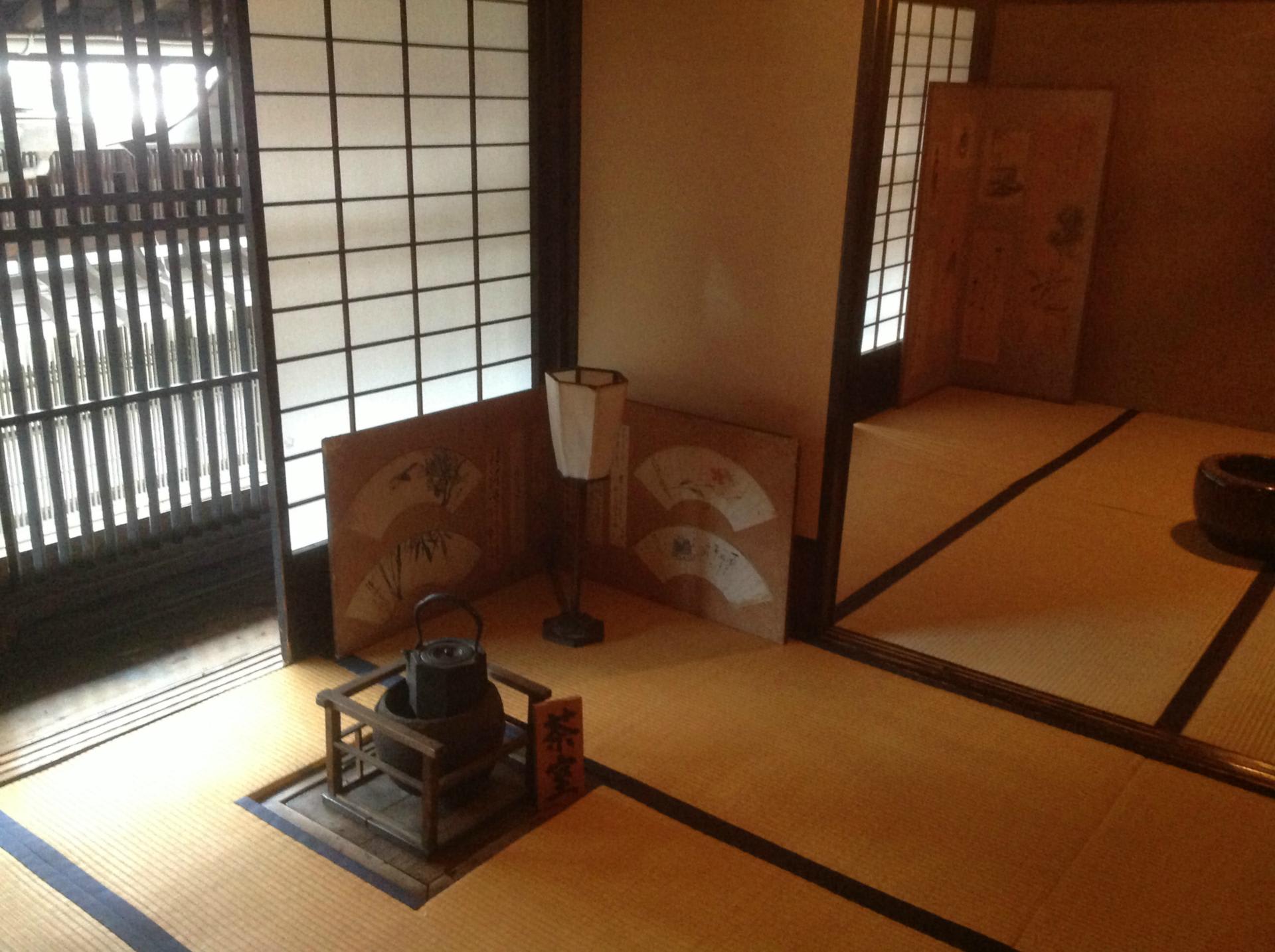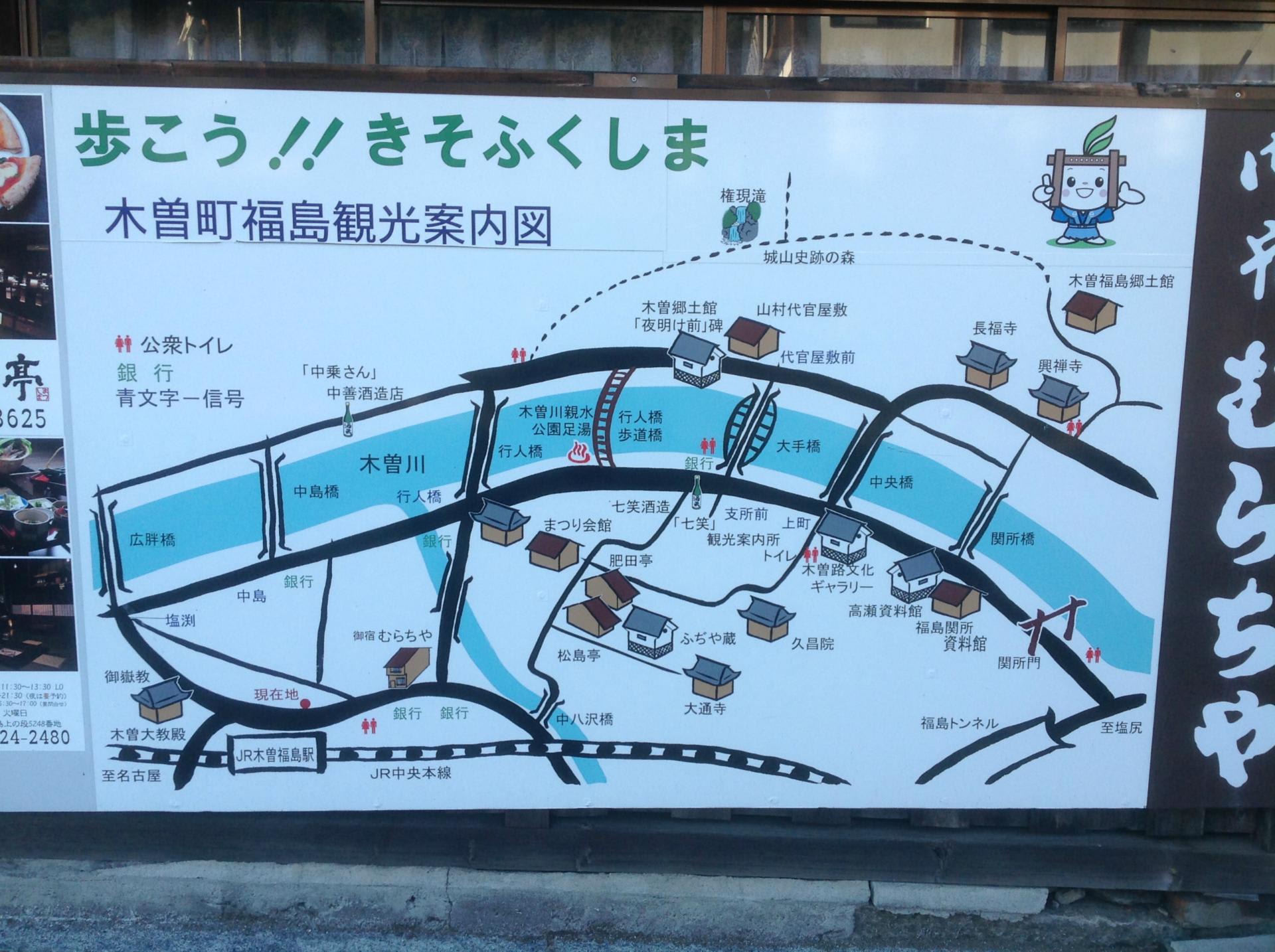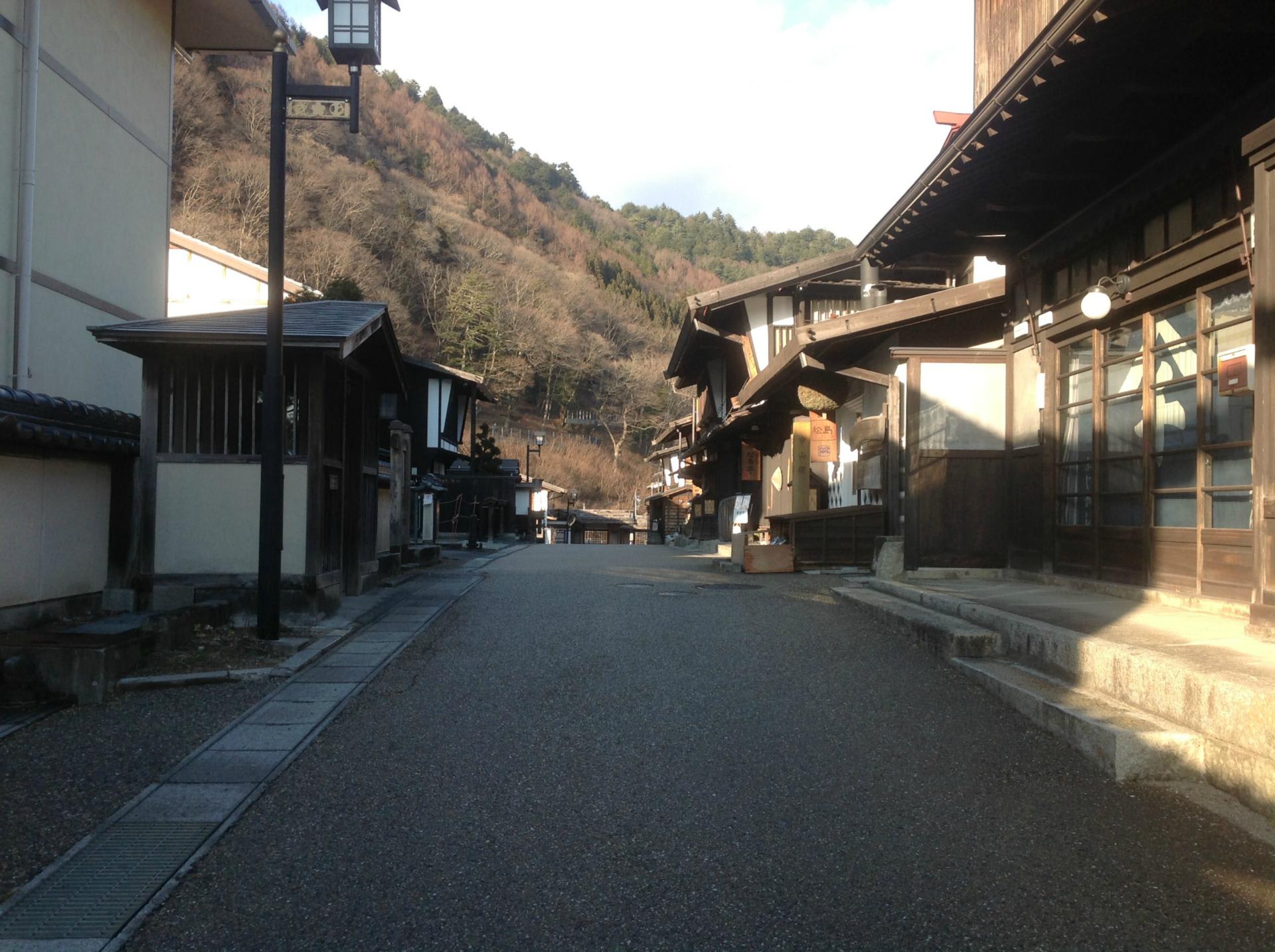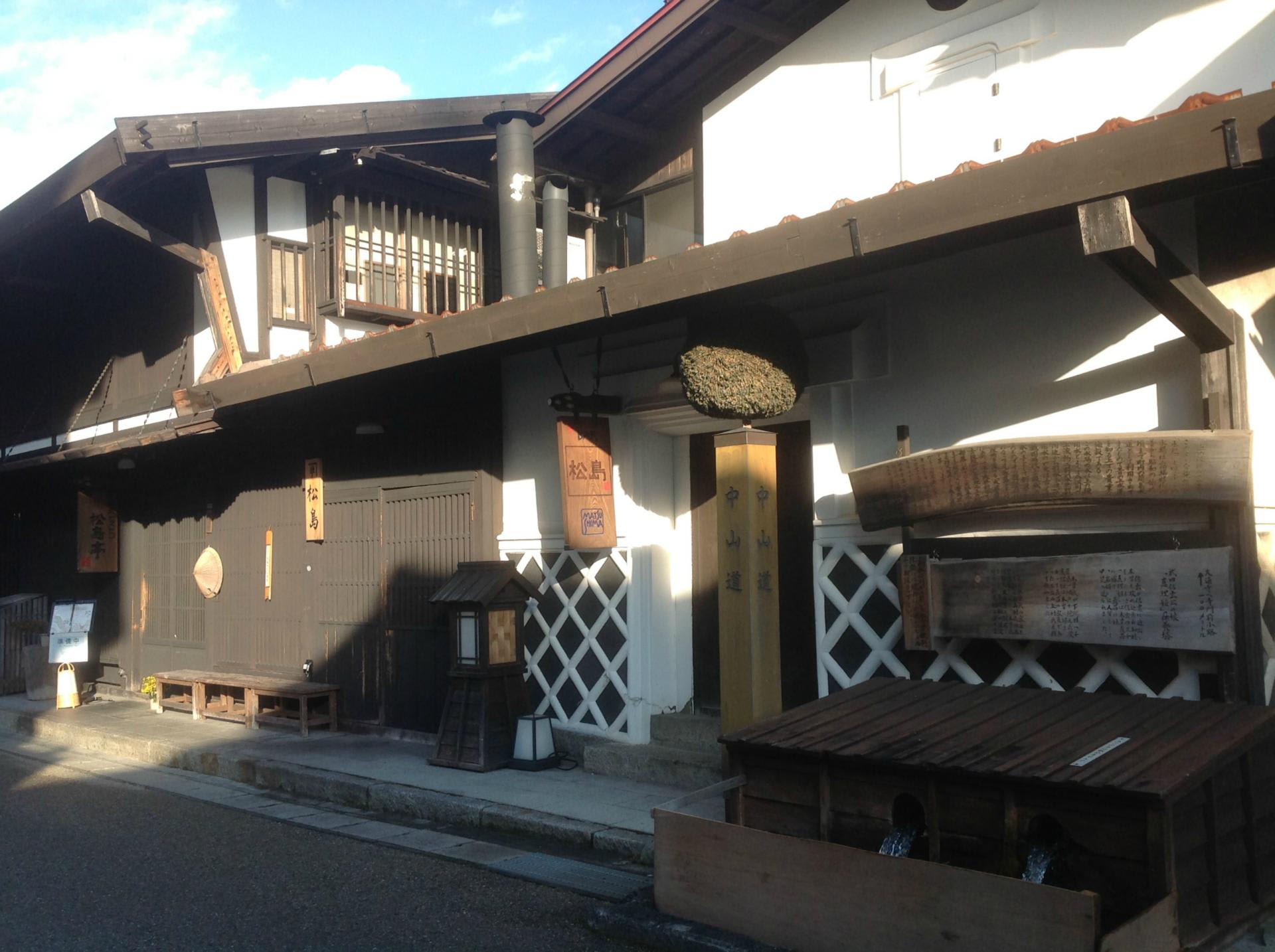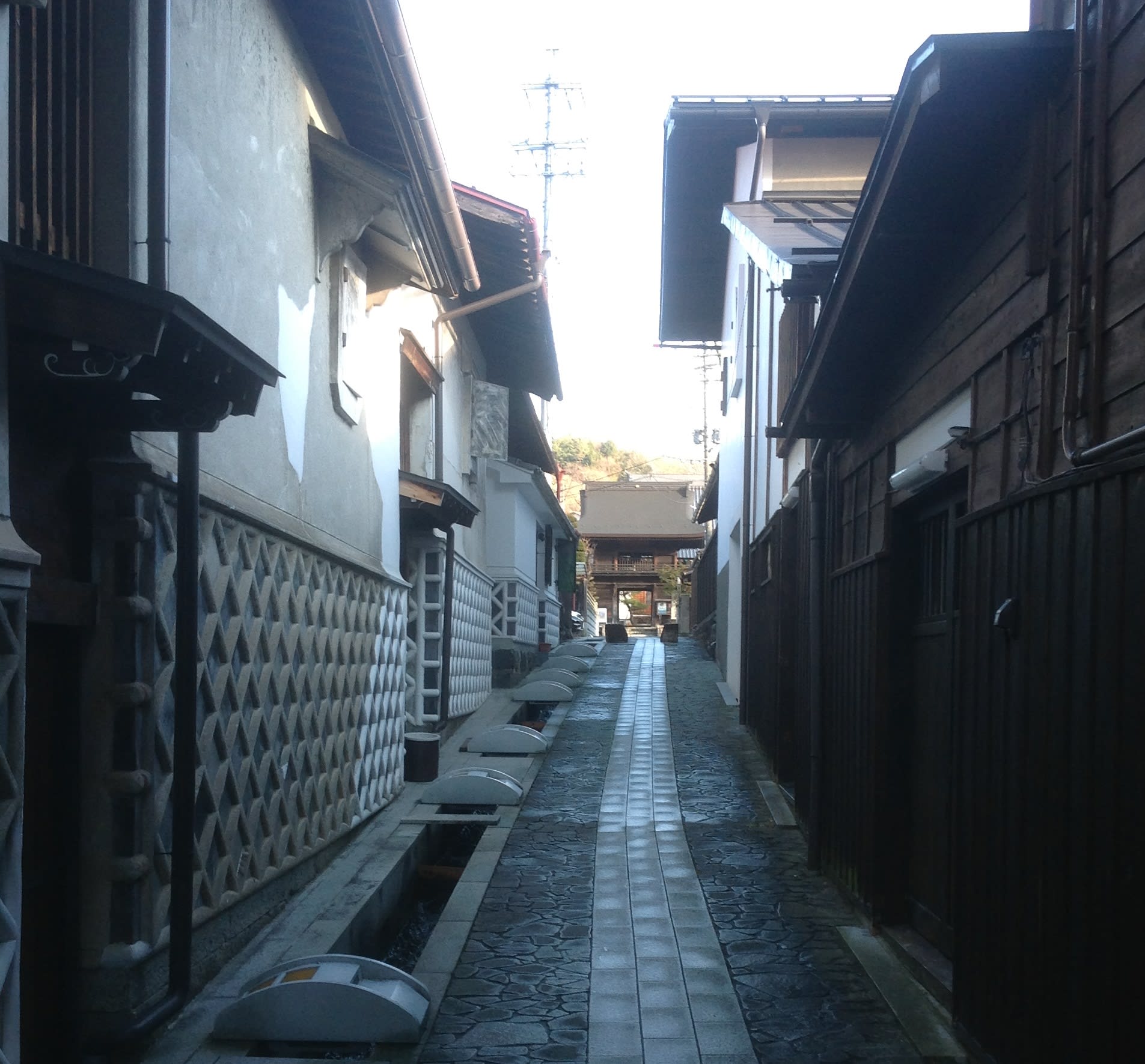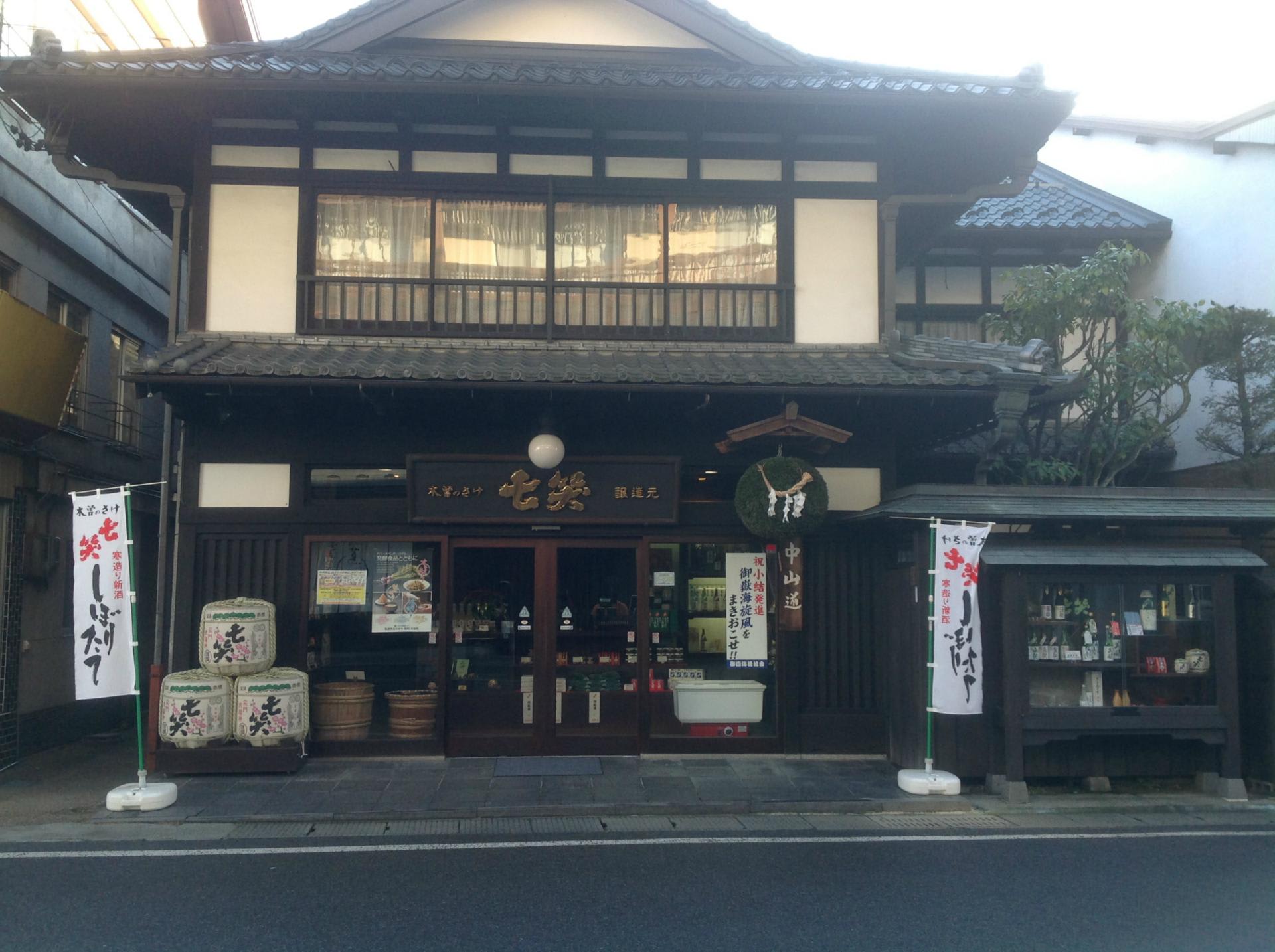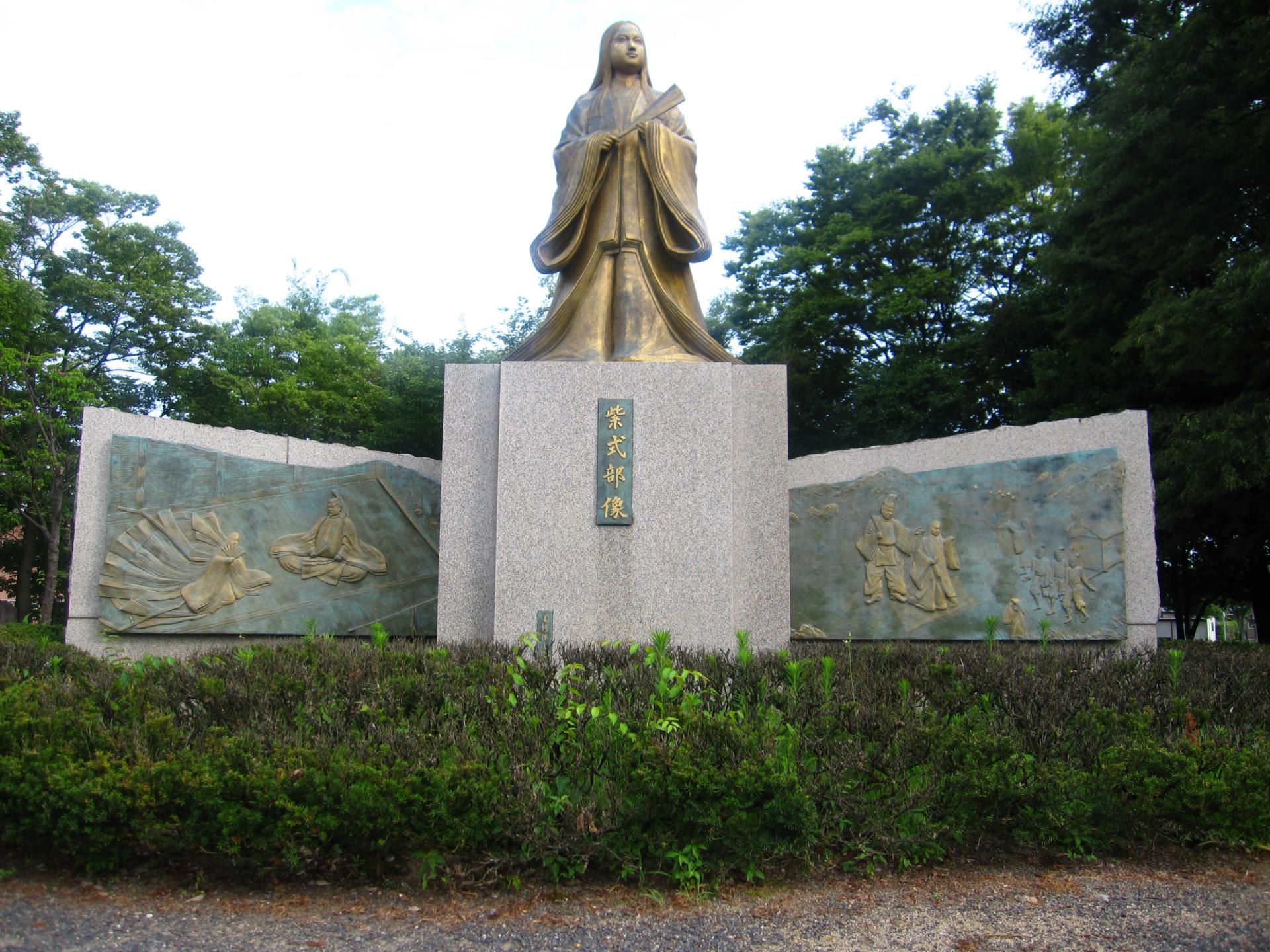I would like to infom Daido Life Headquarters, Osaka Festival Hall in Higobashi Station North of Osaka Municipal Subway Yotsubashi Line.

Take the Yotsubashi subway line from Osaka, get off at Higobashi station, and heading north of the Yotsubashi bridge, you will see the Daido Life headquarters building on your right.

The head office building is a beautiful beige building whose lower part is arch-shaped.
When entering the entrance, the ceiling is a fine hall of stained glass marble and special exhibitions of "Origin of Kashimaya of Daido Life and Asako Hirooka" are held at the 2nd Floor Memorial Hall.

Please accept reception on the first floor and see the special exhibition on the second floor. Free.

Hirooka Asako is a founder of Daido Life and became widely known in 2015 as an NHK continuous TV novel "Morning came".
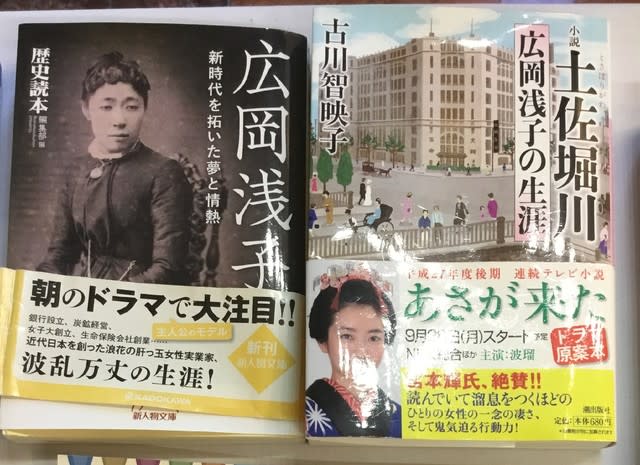
This special exhibition has been held since 2014 to celebrate the lifetime of Hirooka Asako and will be finished at the end of March this year.

Hirooka Asako is a Mitsui family from Kyoto, a women businessman representing Meiji.
Asako was married to Osaka's rush shop Kashimaya, after a turmoil in the Meiji Restoration, she participated in the coal mine business and expanded the business.



After that, she founded a bank and built the foundation of Daido Life.
In her later years, she was a great woman who focused on girls' education and founded Japan Women's University.
At the exhibition, It introduce the her history in detail.
Especially, I can admire the indomitable spirit of "nine falls wake up".
Next, cross the Tosabori River in the north, you can see the festival hall.

The festival hall is the hall where orchestras and concerts are held.
When entering the entrance of the west side, a red carpet is laid on the stairs to the second floor.
There is a fine hall on the 5th and 7th floors of this building.
You can feel yourself becoming great by walking on this red carpet.

Please take a stroll around the Daido Life Building and the Festival Hall in the vicinity of Higobashi Bridge near Osaka.
That’s it.

Take the Yotsubashi subway line from Osaka, get off at Higobashi station, and heading north of the Yotsubashi bridge, you will see the Daido Life headquarters building on your right.

The head office building is a beautiful beige building whose lower part is arch-shaped.
When entering the entrance, the ceiling is a fine hall of stained glass marble and special exhibitions of "Origin of Kashimaya of Daido Life and Asako Hirooka" are held at the 2nd Floor Memorial Hall.

Please accept reception on the first floor and see the special exhibition on the second floor. Free.

Hirooka Asako is a founder of Daido Life and became widely known in 2015 as an NHK continuous TV novel "Morning came".

This special exhibition has been held since 2014 to celebrate the lifetime of Hirooka Asako and will be finished at the end of March this year.

Hirooka Asako is a Mitsui family from Kyoto, a women businessman representing Meiji.
Asako was married to Osaka's rush shop Kashimaya, after a turmoil in the Meiji Restoration, she participated in the coal mine business and expanded the business.



After that, she founded a bank and built the foundation of Daido Life.
In her later years, she was a great woman who focused on girls' education and founded Japan Women's University.
At the exhibition, It introduce the her history in detail.
Especially, I can admire the indomitable spirit of "nine falls wake up".
Next, cross the Tosabori River in the north, you can see the festival hall.

The festival hall is the hall where orchestras and concerts are held.
When entering the entrance of the west side, a red carpet is laid on the stairs to the second floor.
There is a fine hall on the 5th and 7th floors of this building.
You can feel yourself becoming great by walking on this red carpet.

Please take a stroll around the Daido Life Building and the Festival Hall in the vicinity of Higobashi Bridge near Osaka.
That’s it.




























